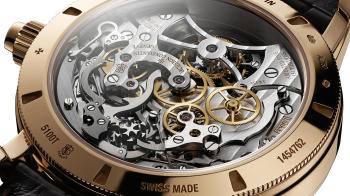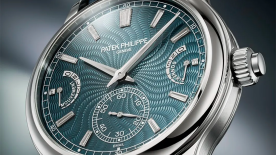Reversal
The most amazing thing about the tourbillon is that even its opposite is still a tourbillon. Rather than chasing after every conceivable position of the balance-wheel in relation to the horizontal, some initiatives have sought to place it in a constant position. This is the idea behind Zenith’s Tourbillon Zero Gravity, which though technically not a tourbillon, has a system of gimbals that constantly keep the balance-wheel flat, whatever the position of the watch – thus maintaining it in the most favourable regulating position. Cartier took the same approach for its Astrorégulateur, in which the regulating organ is located on a rotor. It is thus in constant rotation, but not at an imposed rate; it all depends what the wearer’s wrist does. A rather less systematic option, the inclined tourbillon, achieves something close to the same result. Greubel Forsey calculated that a 24° angle would allow the balance-wheel to remain almost perfectly horizontal whenever the wearer was inactive, with their hands placed on their desk. Jaeger-LeCoultre’s thinking was along similar lines: its Spherotourbillon behaves like a moving Tower of Pisa, with the vertical axis of the tourbillon rotating while a second axis raises one side of the base, causing it to oscillate in a vertical plane at a constant angle of 20°.
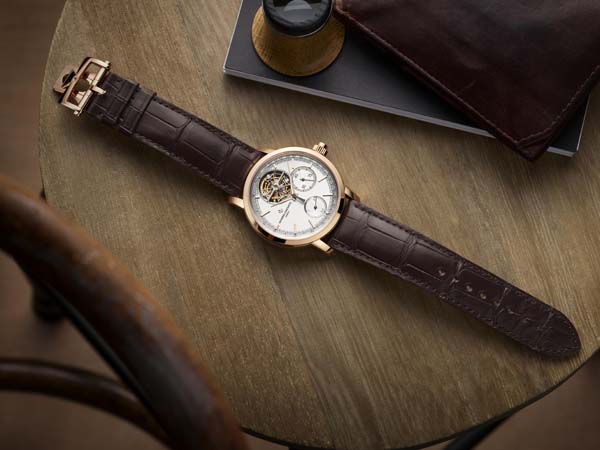
The Flip side
The tourbillon may have proved to be a quick way to the top for its practitioners, but as some have found out, this ladder to success can have several broken rungs. The fact is that with or without a tourbillon, producing any movement is about more than design; reliability is also crucial. Two examples reveal just how fragile a tourbillon can be. BNB Concept designed and delivered dozens of increasingly wild and wonderful calibres, but ended up going bankrupt due to vast numbers of returns and dissatisfied customers, exacerbated by the 2008 micro-crisis in watchmaking. Well before that, similar problems finished off STT, a movement manufacturer that had launched a range of very affordable mass-produced tourbillon calibres that sadly also proved to be very defective.
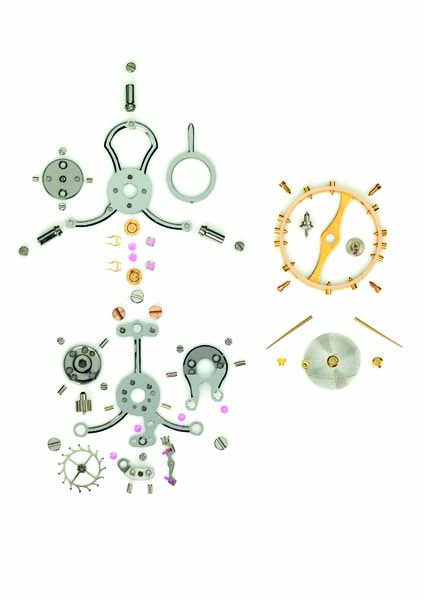
The tourbillon thus embodies not only the successes of watchmaking’s new era, but its failures as well. Many manufacturers were in too much of a hurry, too eager for income, too inexperienced, or too unscrupulous, supplying ever-larger numbers of brands whilst ignoring the most elementary rules of quality and reliability. It took the industry a few years to get over this rather less welcome sign of the times.

Fertilisation
The tourbillon’s tendency to be showcased, sometimes even shown off, mirrored another deep-seated trend in modern watchmaking; staging by design. This is clear when one looks at how brands have approached the design of tourbillon cages. From its origins as a mere structural component, the cage has become a means for the brand to express itself; a hallmark. Some already had their distinctive style: Girard-Perregaux, for instance, with the three lyres on its Tourbillon With Three Gold Bridges – a pioneer in the revival of this speciality, and the emblematic achievement of the generation of watchmakers trained in the 1990s. Vacheron Constantin lost no time in grasping how to use its Maltese cross logo on its tourbillons. Others went so far as to create cages structured in the form of their initials, as in Franck Muller’s FM and Louis Vuitton’s LV.
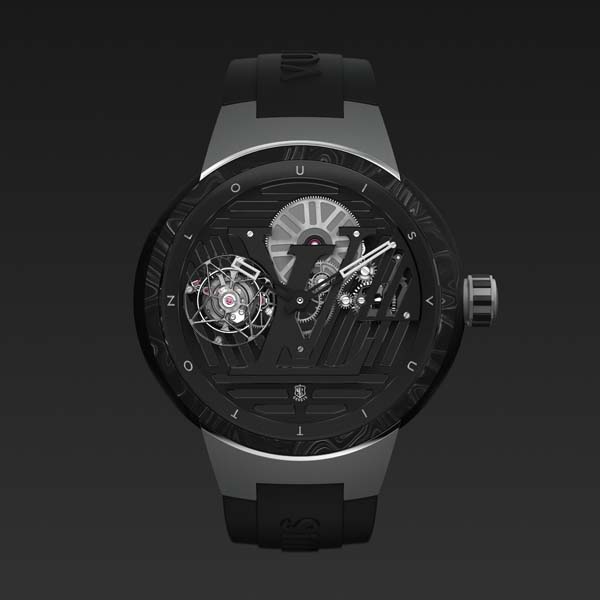
Another dimension involved work on the kinematics: more specifically, the trajectories followed by tourbillons. They were already spectacular in a central position, but one brand spent most of the decade spanning 2005 to 2015 pushing back boundaries, defying conventions, and investigating new layouts: Cartier, which found itself a new identity as a fine watchmaking specialist focusing on the creation of rotating regulating organs. The Astrotourbillon was thus housed at the end of the seconds hand, rotating once a minute around the rim of the dial. The Astromystérieux succeeded in combining the ‘mysterious display’, one of the brand’s historic watchmaking features, with the complication of the century, rotating in the middle of a central oculus, seemingly in mid-air. At the same time, the Le Locle International Chronometry Competition sealed the reputation of the tourbillon’s chronometric function. The first such prize-winner was the Master Tourbillon 978 by Jaeger-LeCoultre in 2009, followed in 2011 by Greubel Forsey’s Double Tourbillon 30° Technique. These rotating regulating organs thus demonstrated their performance – as well as passing the competition’s impact tests, giving the lie to those who deemed them to be intrinsically fragile. Other brands have also created high-performance tourbillons, as evidenced by the Bulletins de Marche supplied by Chronométrie Ferdinand Berthoud. Amid all the upheaval generated by this complication, these exceptional pieces serve to remind us of the tourbillon’s original, half-forgotten vocation.
Fertility
Watchmaking always depends on technical fundamentals, but also uses them as a springboard towards new horizons. Tourbillons have tended to be deployed for aesthetic and symbolic purposes rather than for their precision. This loss of chronometric meaning has been one of the failings of the past two decades, focusing as they have on watchmaking showmanship at the expense of actual watchmaking. The high prices that tourbillons managed to command, sometimes without any actual technical foundation, opened a breach through which many brands poured, making the complication almost mundane. By around 2010, no fewer than 70 brands carried tourbillons. That said, the shift in focus away from tourbillons’ exceptional performance has been more than made up for by the accompanying brainpower they have harnessed, the resulting plethora of new ideas, and the subsequent emergence of historic talents. In turn, this fertility has helped the mechanical watch scale new heights of popularity among an ever-broader, more knowledgeable public. From the tiny seed of the tourbillon, an entire forest has grown.
